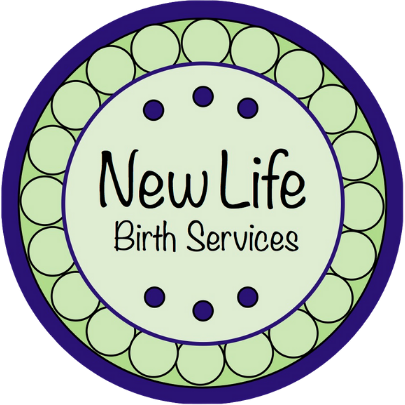17 Tips for Breastfeeding and Returning to Work
By Sharon Williard, RN, IBCLC
Returning to work after having a baby can be a time filled with many emotions for a breastfeeding parent. While some might be dreading it, others may look forward to being back at their job. Either way, returning to work does not have to mean the end of breastfeeding. Here are a few tips to make your return to work go a little more smoothly.
PUMPING AT WORK
While some parents can work their schedule around a nursing baby or have someone bring the baby to their workplace to breastfeed, the majority of breastfeeding parents are going to have to pump. If you are planning to pump, there are many things you can do to make the time you spend pumping more efficient and productive.
Make sure you have a quality, double electric pump. Not only does a double electric pump help to empty your breasts twice as fast, but double pumping can also boost prolactin (one of the hormones responsible for milk production) up to 18% more than single pumping.
Know your benefits. The Affordable Care Act (2010) requires most health insurance plans to cover the cost of a breast pump as part of women's preventive health services. Most insurance companies will provide you with a pump prenatally with a doctor’s prescription.
All pumps are not created equal. When obtaining a pump—whether through insurance or by purchasing it yourself—do your homework. Look for a quality pump with good reviews. If your insurance company provides a substandard pump, the effect on your milk supply is not worth the money saved.
Use your hands. Hands-on pumping can increase milk yield up to 50%. Massaging and hand expressing during pumping can get the job done quickly and more efficiently. A hands-free pumping bra can make this even easier.
If your workplace has a refrigerator, consider placing your pump parts in a bag in the refrigerator between pumping sessions to save time washing.
Use a steam bag to sterilize your pump parts once daily. You can purchase steam bags at most stores that carry baby products.
Try to mimic your baby’s nursing schedule as much as possible--plan to pump at least every 3-4 hours.
About 2-4 weeks before you go back to work, start pumping once a day to build a reserve of expressed breastmilk. After the first morning feeding is often a good time because your milk production tends to be higher at this time. Store milk in 2-3 ounce containers to minimize waste.
When you are pumping, do something that helps you relax: Look at pictures or videos of your baby, read sweet articles about mothering, listen to soothing music, or watch something light or funny.
Heat packs can assist with let-down. While you are setting up your breast pump, slip some warm compresses into your bra (you can purchase these at most retail stores that sell baby products).
Dress for success. Wear clothing that makes pumping easier: button-down shirts or something that is easy to lift up or take off.
Know your rights. Talk to your employer before you return to work to make a plan for pumping during your workday.
NEW MEXICO LAW STATES: A mother may breastfeed her child in any location, public or private, where the mother is otherwise authorized to be present. NMSA 1978, Sec 28-20-1 THE LAW STATES: An employer shall provide nursing employees with: (1) space for using the breast pump that is (a) clean and private (b) near the employee’s workspace (c) not a bathroom (2) flexible break times NM Chapter No. 2007-18.
FEEDING
Plan to breastfeed your baby right before you go to work.
Ask the person who is caring for your baby not to feed the baby for a couple of hours before you get home so you can nurse right when you get home. Keep in mind that your baby may want to nurse more frequently when you are home. Some babies eat enough to sustain themselves during the day and then cluster feed when you get home from work.
Introduce a bottle at around 2 months or a few weeks before you go back to work—after breastfeeding is well-established. Use a newborn, slow-flow nipple so that baby won’t get used to fast, easy food when bottle feeding.
STORING AND HANDLING EXPRESSED BREASTMILK
There are many options for storing your milk: from glass bottles to plastic milk storage bags. While bags take up less room, bottles leak less and can be convenient for reheating. Whichever method you choose, be sure and leave an inch of room at the top for expansion when freezing.
Reheating human milk: Baby’s milk should never be reheated in a microwave. The uneven heat distribution can burn baby’s mouth and important nutrients are lost. Slowly warming baby’s milk helps protect the fat content and nutrients in your expressed breastmilk. Below are some guidelines for safely warming your baby’s milk.
Thaw in the refrigerator overnight
Run warm water over the sealed container of frozen milk
Place the frozen container of milk in a bowl of warm water
Waterless warmers are available for purchase
Please note: Once the milk is rewarmed or baby drinks from the bottle, it must be used within one hour or discarded.


